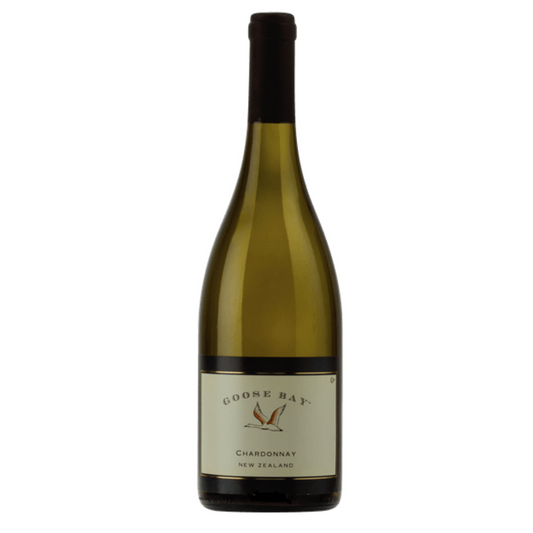-
Twin Suns Buttery Chardonnay 2022
Distributeur :Twin SunsPrix habituel $16.99 USDPrix habituelPrix unitaire par -
Castel Winery "C" Blanc Du Castel 2023
Distributeur :Domaine du CastelPrix habituel $63.99 USDPrix habituelPrix unitaire par -
Binyamina Moshava Chardonnay 2023
Distributeur :BinyaminaPrix habituel $17.99 USDPrix habituelPrix unitaire par$0.00 USDPrix soldé $17.99 USD -
Herzog Chardonnay Lineage 2021
Distributeur :HerzogPrix habituel $21.99 USDPrix habituelPrix unitaire par -
Matar Chardonnay 2023
Distributeur :MatarPrix habituel $37.99 USDPrix habituelPrix unitaire par -
Tabor Mt. Tabor Chardonnay 2021
Distributeur :TaborPrix habituel $18.99 USDPrix habituelPrix unitaire par -
Sonoma Loeb Dignitary Chardonnay 2022
Distributeur :Sonoma LoebPrix habituel $31.99 USDPrix habituelPrix unitaire par -
Matar Sauvignon Blanc Semillon 2023
Distributeur :MatarPrix habituel $33.99 USDPrix habituelPrix unitaire par -
Lanzur Chardonnay 2023
Distributeur :LanzurPrix habituel $9.99 USDPrix habituelPrix unitaire par -
Herzog Chalk Hill Chardonnay 2023
Distributeur :HerzogPrix habituel $59.99 USDPrix habituelPrix unitaire par -
Goose Bay Chardonnay 2022
Distributeur :Goose BayPrix habituel $26.99 USDPrix habituelPrix unitaire par -
Teperberg Chardonnay Impression 2023
Distributeur :TeperbergPrix habituel $21.99 USDPrix habituelPrix unitaire par
More About Kosher Chardonnay
Discover the Versatility of Kosher Chardonnay: From Origins to Flavor Notes and Top Food Pairing Recommendations
Our ultimate guide to Chardonnay provides essential info on the unique flavor profile and versatile characteristics of this white wine. Learn all you need to know, from its rich history to our top pairing recommendations, to enhance your wine experience.

The Versatility and Characteristics of Chardonnay
Chardonnay is a versatile wine that lends itself easily to a vast range of flavor profiles and styles. The warmth of the climate and terroir combined with the winemaker's decisions on whether or not to use malolactic fermentation and oak can make this wine smokey, buttery, subtle, bold, crisp, tropical, or many other flavors. In this sense, it's an excellent wine to explore and find something that suits your taste or what you're serving for dinner. Chardonnay is grown worldwide, and you will find that warmer climates impart significantly different flavors than cooler ones.
Popular Kosher Chardonnay Brands
Many brands offer kosher Chardonnay, including:
-
 Shop Barkan
Shop BarkanBarkan
-
 Shop Binyamina
Shop BinyaminaBinyamina
-
 Shop Domaine du Castel
Shop Domaine du CastelDomaine du Castel
-
 Shop Herzog
Shop HerzogHerzog
-
 Shop Segal's
Shop Segal'sSegal's
The History of Chardonnay Wines
The Romans brought back a little-known grape from the French countryside named Gouais blanc. This grape naturally crossed with Pinot noir to make Chardonnay. This crossing had hybrid vigor, and while it was first grown in Burgundy, it was soon discovered that it could grow in a very wide range of conditions. Partly due to this adaptability, Chardonnay is widely grown across the globe.
Chardonnay is now the most commonly planted white wine grape and is one of the only grape options allowed in Champagne. It has become prevalent in California and other warm climates, and several distinct styles of Chardonnay have developed out of different regions over the history of this wine. In its most recent history, the un-oaked style of Chardonnay has become famous for its crisp freshness and approachability.

Flavor Profile
Chardonnay is typically a dry, moderately acidic wine with no tannins and a medium body. Apples, pears, and melons are classic fruit tastes in many Chardonnays. While Chardonnay grown in a warmer climate may taste of pineapple, mango, or papaya. Treatment with oak can give Chardonnay some surprising notes, such as pie crust, caramelized sugar, vanilla, and dill. Malolactic fermentation results in a buttery taste and feel. Also, it is common for winemakers to experiment with the acidity in Chardonnay and to explore chalky or mineral tastes.
You can often distinguish Chardonnay from Sauvignon Blanc by the fruit taste. Chardonnay may taste of any number of autumnal (like melon) or tropical fruits, while Sauvignon Blanc tends to taste of herbs or grapefruit.

Food Pairings for Chardonnay
The most classic pairing for Chardonnay is roast chicken or turkey. However, as Chardonnay varies so much, it is important to consider the particular characteristics of the wine you are pairing with to make the best decision.
Chardonnay with high acid content often does well with fish, especially smoked or tomato-based dishes. Chardonnay that has been oak-aged is often paired with mushrooms, aged cheese, corn, squash, or pumpkin.
Aging Recommendations
Chardonnay can be aged among the longest white wines, up to 10 years for some vintages. However, it is crucial to select your bottle carefully. The higher the acid content in the wine, the better it will take to aging. Choosing a Chardonnay is a matter of personal style. Distinguish your tastes by selecting a kosher Chardonnay today.



















